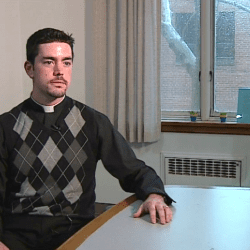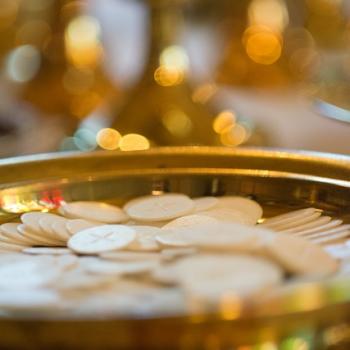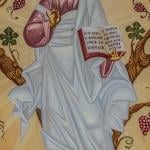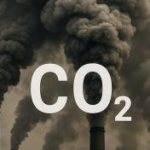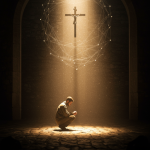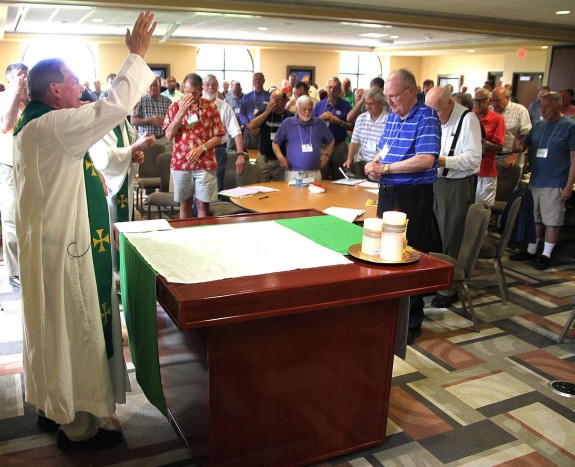
Details, from the Tampa Tribune:
The Rev. Peter Ruggere began his seminary training when Roman Catholics were still celebrating Mass in Latin.
By the time he was ordained a priest in 1968, the church had gone through massive changes with Vatican II, a council which sought to align the centuries-old religious institution with the modern world and brought sweeping reforms to Catholicism.
One of those was implementing English in Mass, making it more accessible and participatory for Americans.
“The Latin Mass is something I never had to do,” says Ruggere, priest in residence at Corpus Christi Catholic Church in Temple Terrace. “All those changes that made the church open and welcoming were positive, as far as I was concerned.”
But with the tradition-minded Pope Benedict XVI at the helm of the 1 billion-member church, there’s been a slow shift toward returning to some of the old practices and structure.
That’s a concern for some clergy.
This week, about 240 priests from around the country are meeting at Saint Leo University in St. Leo for the inaugural assembly of the newly formed Association of U.S. Catholic Priests. Among its goals: To be a “voice of hope” and to “celebrate and implement the visionary concepts of Vatican Council II.”
The Rev. David Cooper, a Milwaukee pastor and board chairman, says keeping the spirit of what was intended by the council — which opened in October 1962 and concluded in December 1965 — is urgent, given the direction the church seems to be taking.
“We’re not positioning ourselves to be a controversial voice, but a collaborative one,” he says. “With fewer priests and smaller dioceses spread out, you can feel isolated. This gives us a place to gather and share our concerns and goals.”
Just having a collective voice is a new step for Catholic clergy. This is the first-ever national group of priests, which Cooper calls “long overdue.” Catholic bishops, lawyers and even musicians have their own free associations, yet clergy only had representation through priests’ senates and councils. This organization is for individuals, and includes both diocesan priests and members of religious orders.
Response has been swift and encouraging, Cooper says.
When the organizing committee first met in August near Chicago, it recorded 27 members. It has since grown to 640, Cooper says. With about 40,000 priests in the United States, he says the association needs at least 10 percent participation to be viable — about 4,000 members.
With Vatican II at the half-century mark, the association will concentrate on examining each of the documents released by the council and how the changes have fared. The first will be the liturgy, which recently went through some revisions in November when the Vatican instituted a new translation of the Roman Missal. It was the first major change in the Mass ritual since the early 1970s.
Reaction to the changes — which included different English-language responses meant to conform more closely to the official Latin text in a dozen sections of the Mass — has been more tepid than enthusiastic. Some critics have called the wording “old-school” and cumbersome, while supporters like the traditional aspects.
Cooper would like to hear what Catholics in the pews and priests in the trenches have to say about it. So the association will adopt a resolution asking that the Center for Applied Research in the Apostolate (CARA) at Georgetown University do a nationwide survey on the reception of the new missal.
There’s much more. Read the rest.



